Introduction
The Impact on Family Scale – Short Form (IOF-SF 15-item) is a specialized instrument designed to quantify the effects of a child’s chronic illness or disability on overall family functioning. Originally developed by Ruth E. K. Stein and Dorothy Jones Jessop in 2003, this questionnaire has become a significant tool for both researchers and clinicians seeking to understand the multifaceted burdens experienced by families with over 150 citations on Google Scholar. For instance, foundational work by Stein and Jessop (2003) established its utility, which subsequent studies, such as those by Williams et al. (2006) on its revised validity and Jalil et al. (2019) on its application in hospital contexts, have further solidified.
This article provides a detailed exploration of the IOF-SF’s features, applications, and psychometric properties, thereby offering a valuable resource for experts in pediatric care and family studies.
Key Features of the Impact on Family Scale – Short Form (IOF-SF 15-item)
Purpose and Use
The fundamental aim of the Impact on Family Scale – Short Form (IOF-SF 15-item) is to assess the broad impact of a child’s chronic health condition or disability on the various dimensions of family life. Moreover, it serves as an essential instrument in both clinical settings for tailoring support and in longitudinal research for evaluating the outcomes of interventions designed to alleviate family strain.
Target Population
The IOF-SF is specifically designed for completion by parents or caregivers of children who have chronic medical conditions. This focus ensures that the collected data accurately reflects the experiences of those most directly involved in the child’s care and most affected by the illness’s ripple effects.
Structure
The IOF-SF comprises 15 questions meticulously designed to cover key aspects of family life. Primarily, it falls under the domain of pediatrics, with specific sub-domains focusing on social impact and familial impact. Furthermore, the questions explore:
- Emotional distress within the family unit.
- Disruptions to social activities and engagements.
- Strain experienced in family relationships.
- Perceptions of altered family dynamics due to the child’s condition
Scoring Method
The IOF-SF employs a 4-point Likert-type scale for its 15 items, with response options as follows:
- Strongly agree (1)
- Agree (2)
- Disagree (3)
- Strongly disagree (4)
The total score is derived by summing the scores for each item. This results in a potential score range from 15 to 60. Critically, and somewhat counter-intuitively, higher scores on the IOF-SF indicate a lower impact of the child’s chronic illness or disability on the family. Conversely, lower scores suggest a greater negative impact. As of now, specific empirically derived cut-off scores for distinct levels of impact are not universally established; thus, scores are typically used dimensionally or for comparative analysis
Administration Format:
The questionnaire offers flexibility, as it can be administered via:
- Paper-based forms
- Digital online platforms
- In-person interviews
- Phone/video calls.
Generally, no special training is required for its administration, especially if the reading level of the respondent is adequate for self-administration. completion takes approximately 5-10 minutes.
Applications of the Impact on Family Scale – Short Form (IOF-SF 15-item)
The IOF-SF (15-item) offers significant clinical utility and is versatile in its applications. For example:
- Screening: It effectively identifies families experiencing high levels of illness-related stress, thereby enabling early intervention.
- Monitoring: The scale is invaluable for tracking changes in family impact over time, particularly in response to therapeutic interventions or changes in the child’s condition.
- Treatment Planning: By pinpointing specific areas of family life that are most affected, clinicians can better tailor support services and interventions.
- Research: It is widely used in research to understand the burden of chronic childhood illnesses, evaluate supportive interventions, and inform healthcare policy.
Other Versions and Related Questionnaires
It is useful for researchers to be aware of other versions of this scale. Besides the 15-item short form, other versions include:
- IOF (27-item): The original, longer version of the scale.
- IOFS-11: An even shorter 11-item version, developed for situations requiring extreme brevity.
These alternative versions may be suitable depending on specific research needs or clinical constraints.
Related Questionnaires
For a more comprehensive assessment, researchers and clinicians might consider using the IOF-SF in conjunction with other instruments. For instance, the PedsQL™ (Pediatric Quality of Life Inventory™) is a related questionnaire that measures health-related quality of life in children and adolescents and can provide complementary information
Language and availability
To facilitate its use across diverse populations and in international research, the IOF-SF (15-item) has been translated into several languages. Currently, these include:
- English
- Spanish
- French
- German
- Hindi
- Italian
- Turkish
This multilingual availability significantly enhances its utility in global pediatric research and clinical practice.
Access to the IOF-SF (15-item) requires permission from the developers. Importantly, it is classified under a proprietary license. Researchers and clinicians should, therefore, ensure they have the necessary permissions before utilizing the scale, particularly for funded projects or commercial purposes.
Reliability and Validity
The IOF-SF (15-item) is recognized as a highly reliable and valid instrument. Robust psychometric evaluations have demonstrated its strength, with a Cronbach’s alpha typically exceeding 0.80. This high internal consistency indicates that its items cohesively measure the intended constructs of family impact.
Numerous studies have rigorously validated the IOF-SF across various contexts, underscoring its utility. Key validation studies include:
- The impact on family scale revisited: further psychometric data. This foundational study provided initial psychometric data for the scale. Study link.
- Validity of the revised Impact on Family (IOF) scale. This research further established the validity of a revised version of the scale. study link
- Reliability and validity of the revised impact on family scale (RIOFS) in the hospital context. This study confirmed its reliability and validity within hospital settings, demonstrating its practical applicability. study link
These studies collectively affirm the IOF-SF’s robustness as a measure of family impact in pediatric chronic illness.
Limitations and Considerations
Despite its strengths, the IOF-SF has a few limitations:
- Self-report measure: As a self-report tool, responses may be influenced by social desirability bias or an individual’s subjective interpretation of their situation.
- Limited Validation Studies: While core validation is strong, further validation studies across more diverse cultural contexts or specific rare conditions might still be beneficial to broaden its applicability confidently.
Additional Resources
- the Original Validation Study link
- You can access the questionnaire items for review within Table 1 of the following open-access article (formal permission for use must still be obtained from the author): Jalil et al. (2019) link
- For inquiries, contact Ruth E. K. Stein, M.D., the first author of the questionnaire, at: rstein@aecom.yu.edu.
- An additional resource that might be of interest to researchers looking into impact scales in pediatrics (though not directly about the IOF-SF): The personal impact of hemophilia scale (PIHS). Link
Frequently Asked Questions (FAQ)
- Who can use the IOF-SF?
The IOF-SF is primarily used by researchers, clinicians, and healthcare providers who work with families of children (from infancy through adolescence) with chronic illnesses or disabilities. The respondents are typically parents or primary caregivers. - How long does it take to complete the IOF-SF?
Patients or their caregivers typically take about 5 to 10 minutes to complete the IOF-SF, which makes it feasible for integration into both clinical workflows and research protocols. - How is the IOF-SF administered?
Healthcare teams can administer the questionnaire in various formats, including traditional paper-and-pencil, digital online surveys, or through interviews (either in-person, via phone, or video call)—offering considerable flexibility. - Is there any cost to using the IOF-SF?
The IOF-SF is proprietary and requires permission for use from the author. While it might be available at no direct cost for unfunded academic research upon request, commercial use or use in externally funded projects will likely require formal licensing agreements. It’s best to clarify this directly with Dr. Stein.
A word from ResRef about the Impact on Family Scale – Short Form (IOF-SF 15-item)
The Impact on Family Scale – Short Form (IOF-SF 15-item) stands out as a concise yet powerful tool for capturing the often-profound experiences of families and caregivers within the context of pediatric chronic illness. Whether you are a researcher aiming to quantify disease burden or a clinician striving to enhance family-centered care, the IOF-SF can illuminate critical areas of impact. Consequently, its thoughtful application can lead to more targeted support, improved family outcomes, and more comprehensively informed treatment and care decisions. We encourage you to explore its potential in your work
References
- Jalil, Y. F., Villarroel, G. S., Silva, A. A., Briceño, L. S., Ormeño, V. P., Ibáñez, N. S., Méndez, P. A., Canales, C. F., & Méndez, M. A. (2019). Reliability and validity of the revised impact on family scale (RIOFS) in the hospital context. Journal of Patient-Reported Outcomes, 3(1), 28.(link)
- Stein, R. E. K., & Jessop, D. J. (2003). The impact on family scale revisited: further psychometric data. Journal of Developmental and Behavioral Pediatrics: JDBP, 24(1), 9–16. PMID: 12584480.(link)
- Williams, A. R., Piamjariyakul, U., Williams, P. D., Bruggeman, S. K., & Cabanela, R. L. (2006). Validity of the revised Impact on Family (IOF) scale. The Journal of Pediatrics, 149(2), 257–261. (link)
- Langley, R. G., Paller, A. S., Hebert, A. A., Creamer, K., Weng, H. H., Jahreis, A., … & Orlow, S. J. (2011). Patient-reported outcomes in pediatric patients with psoriasis undergoing etanercept treatment: 12-week results from a phase III randomized controlled trial. Journal of the American Academy of Dermatology, 64(1), 64-70. (link)


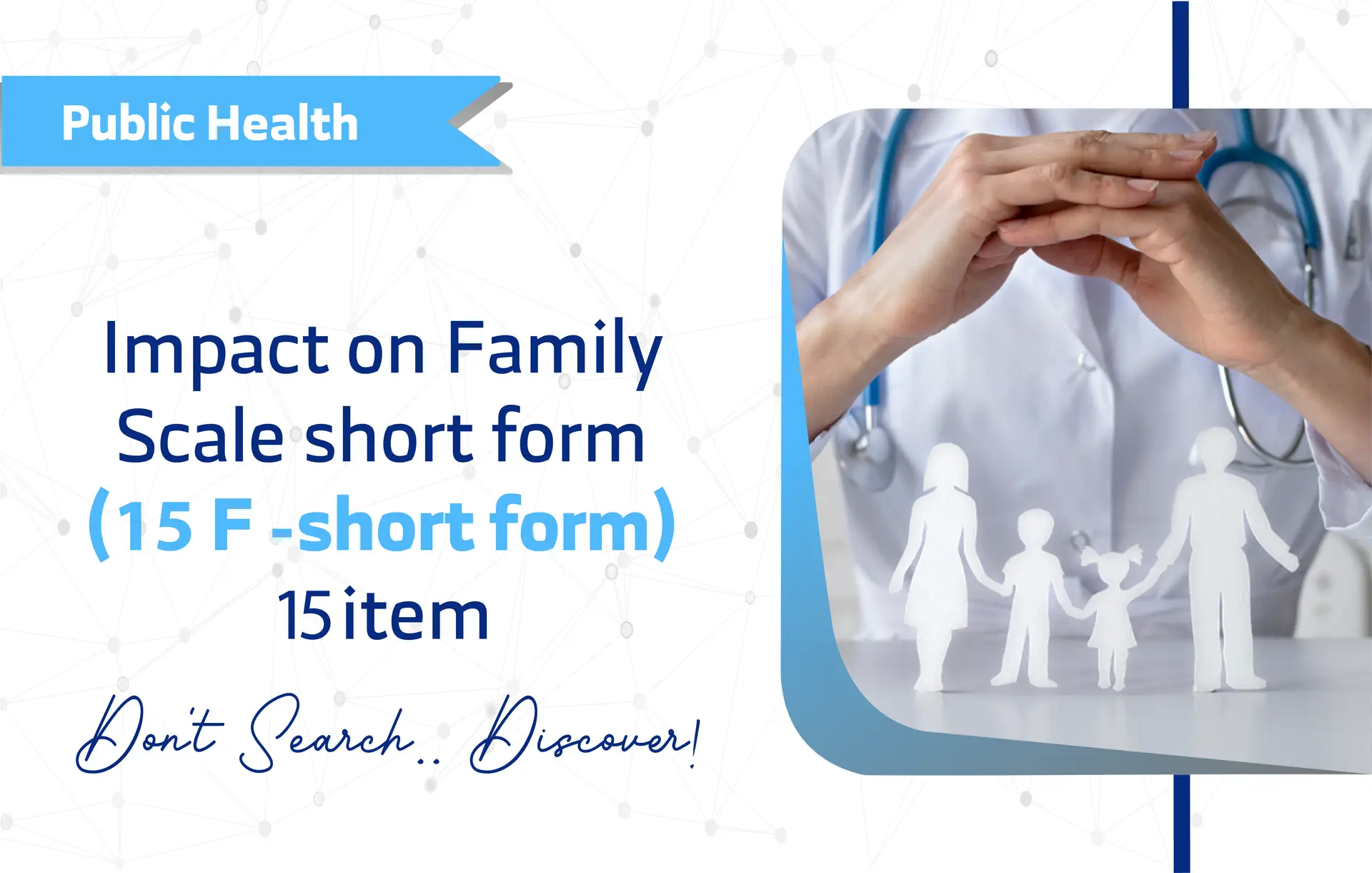
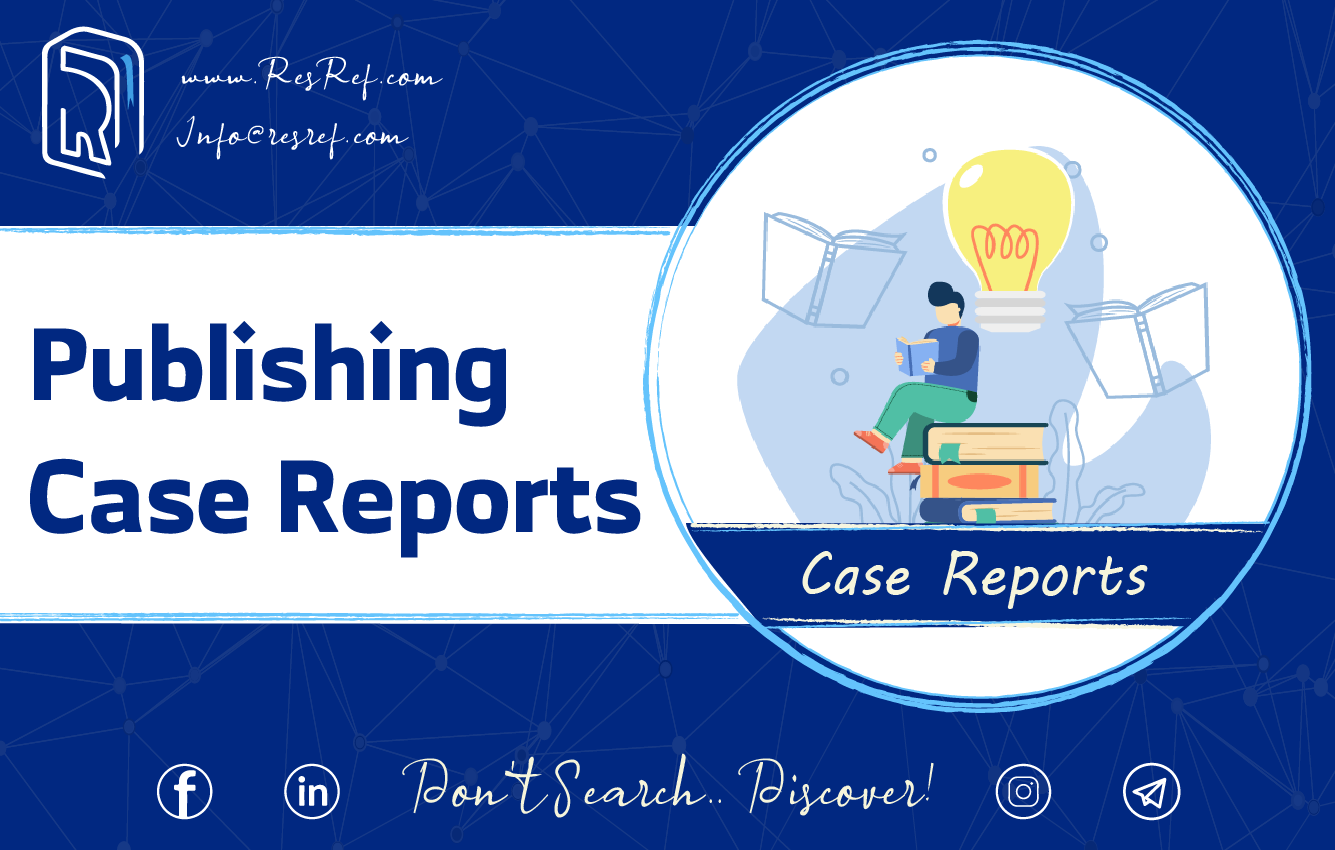
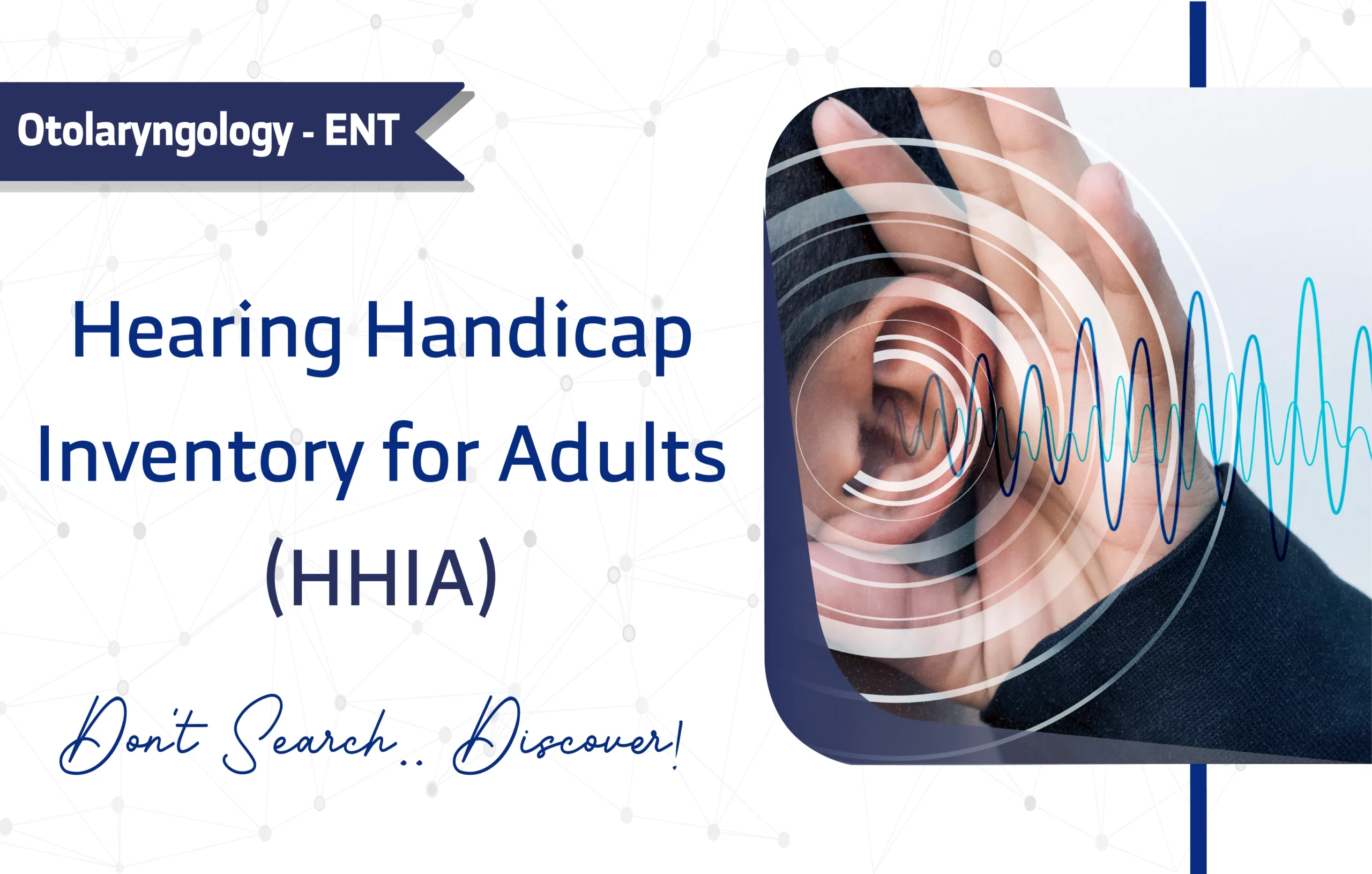
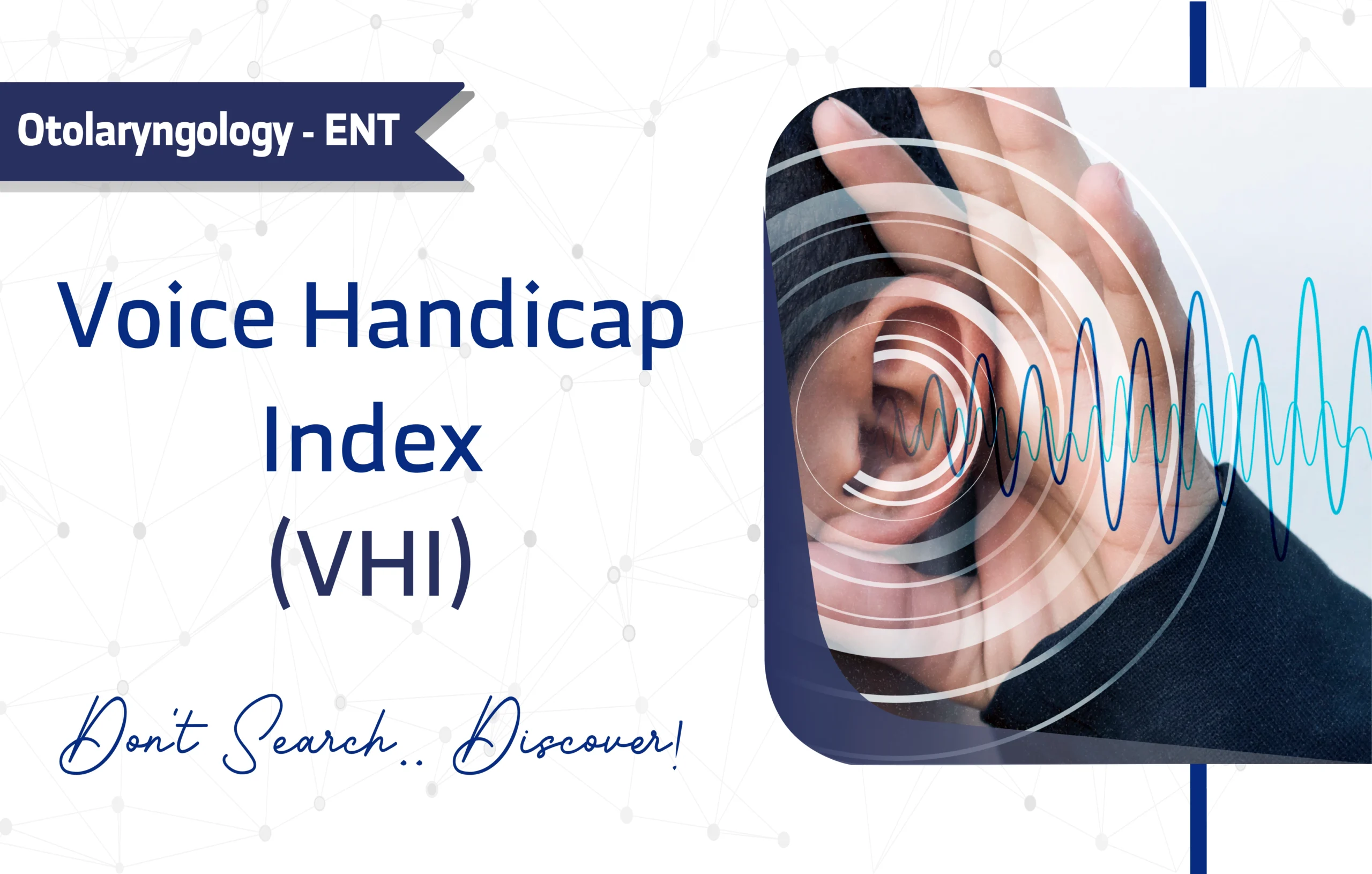
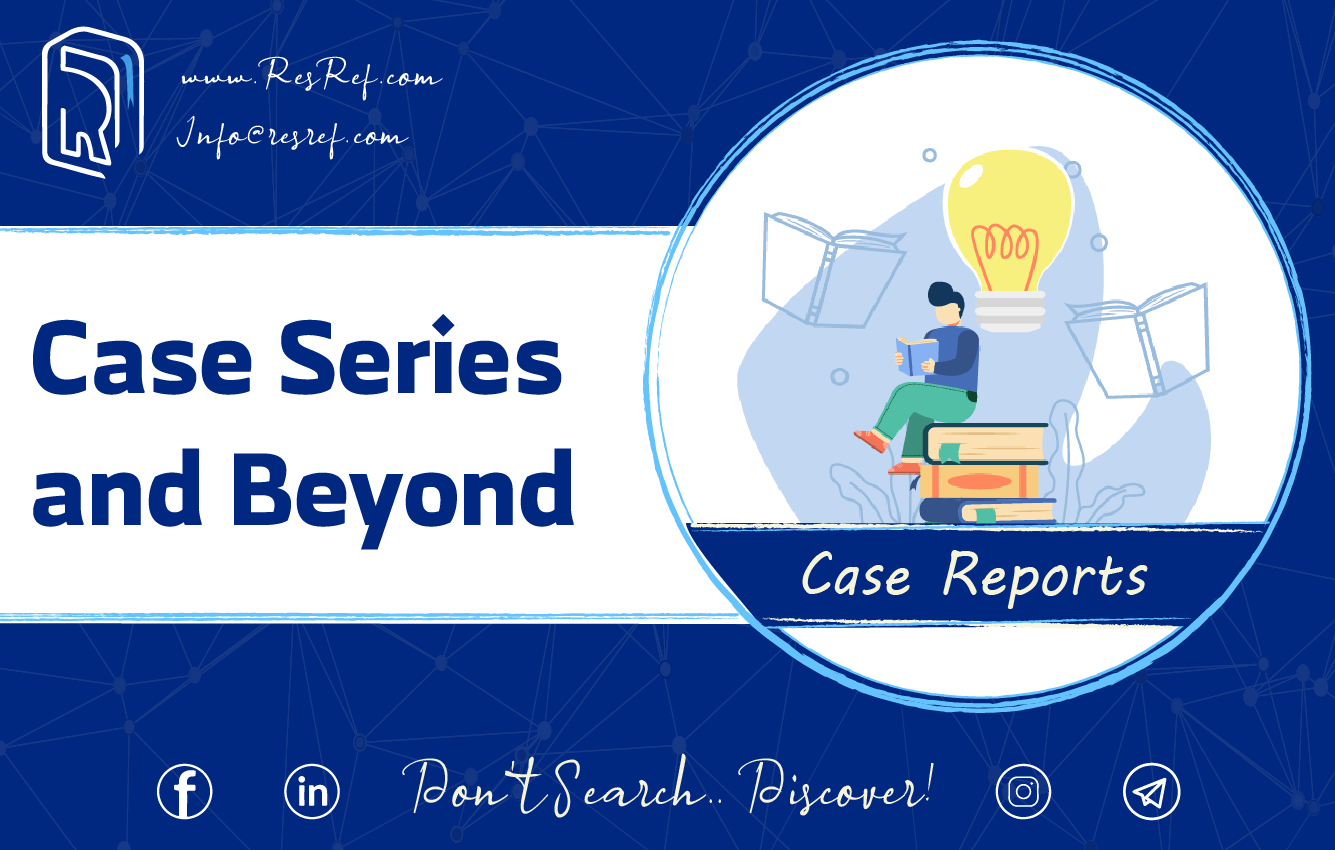
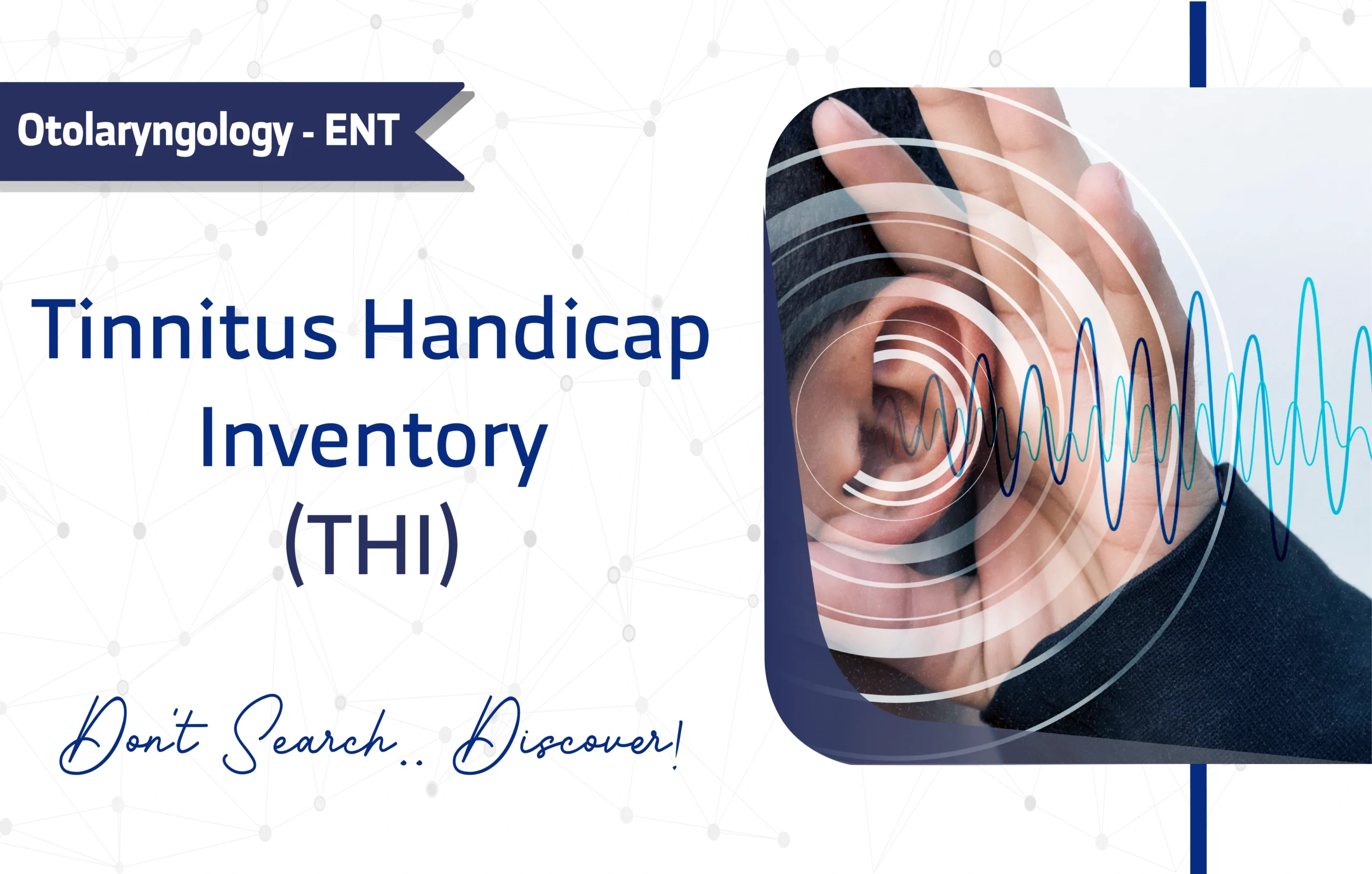
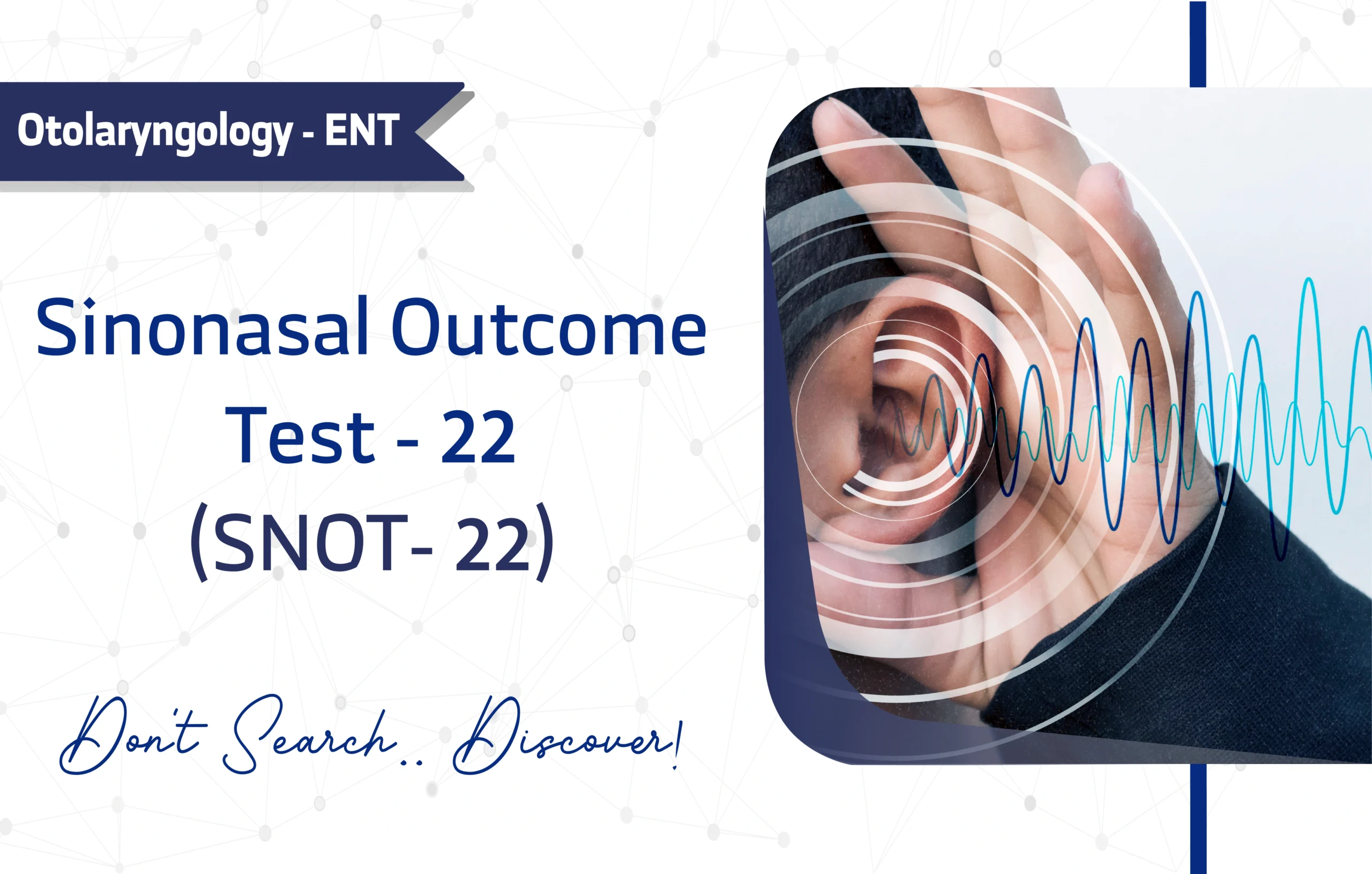
1 thought on “Impact on Family Scale – Short Form (IOF-SF 15-item): A Full Guide for Researchers and Clinicians”
Thanks for revealing your ideas.